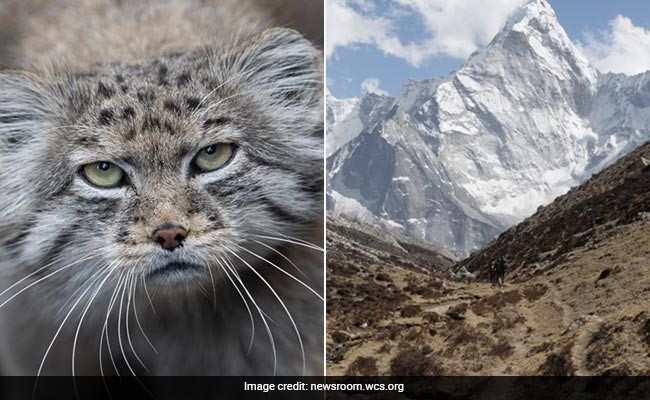Free Courses Sale ends Soon, Get It Now


Free Courses Sale ends Soon, Get It Now



Disclaimer: Copyright infringement not intended.
Context: The first Pallas's cat sighting on Mount Everest, in the Sagarmatha National Park in Nepal, has been documented
Details:

Distribution:
Habitat:
.jpeg)
Conservation:
https://www.ndtv.com/feature/rare-cats-discovered-on-mount-everest-in-first-such-sighting-3728430
© 2024 iasgyan. All right reserved